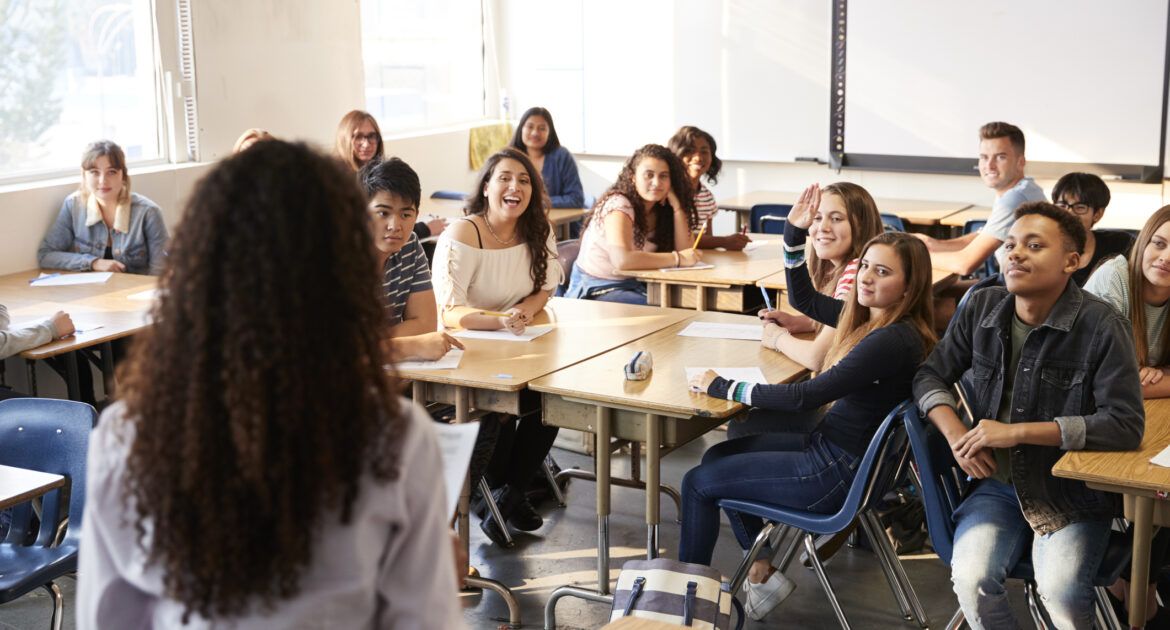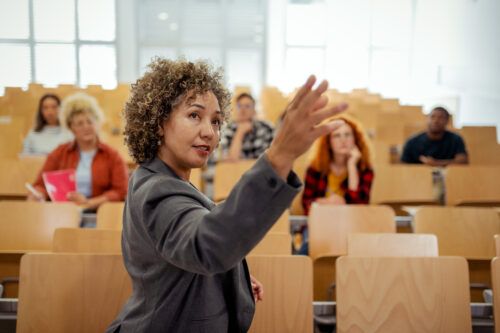According to Tony Buzan, in his influential book first published in 1974, we should start revising straight after a ‘learning period’, as follows:
- After 1 hour learning, take a 10 minute break, then do a 10 minute review.
- After 24 hours do a 2-4 minute review.
- In a week do another 2 minute review.
- In a month do another review.
This will lodge the knowledge in our long-term memory. This approach has been validated by further, more recent research, which is summarised perfectly by Rosenshine (2012) here. For many learners in Further Education, their end of year assessments might involve not only knowledge, but skills, in Atherton’s (2016) words, knowing that vs knowing how.
Even if your learners have not quite followed the model above to the letter, they will still benefit from some revision activities. The most important thing to remember when planning revision sessions is to keep the learners active, just as you would in an ordinary lesson.
Here are five active approaches to revision:
1. Create a test for another learner. This can comprise simple questions or simulate exam type questions. In class, learners can do this in groups or pairs to inject an element of (healthy) competition. For practical or skills-based assessments, learners could peer assess each other as they carry out e.g. a massage.
2. Mind-maps also feature heavily in Buzan’s work as a powerful, creative tool to record and organise learning. Learners can create these by hand or there are plenty of ICT-based tools, which they may find more accessible and appealing.
3. Learners design flashcards for each other/their own use. These could include images, short definitions, or model answers. Again, for skills assessments, these might include e.g. stages of a process such as carrying out a health check on an animal.
4. If you haven’t already created one, ask learners to make a vocabulary box with key terminology for their subject written on small cards. These can then be used to play games such as:
- “hotseat” – two or more teams, one learner from each has their back to the board where a word from the box is written up. Teams race to define the word to the learner in the hotseat. Rotate after 3/4 words.
- Guess the word – learners in small groups take it in turns to draw a word from the pile of cards and define it for peers.
- Pelmanism – Learners also write definitions for the words on separate cards. With cards mixed up and face down on the desk, learners turn over two cards at a time to find matching pairs.
- Bingo – learners choose 9 words to write in a grid. Teacher or peers define.
5. Stick example questions and/or model answers around the room. Learners circulate in pairs, discuss answers, then draft their own responses.
These are just a few of the many ideas for effective revision, which you can find from either talking to colleagues, or online sources. Remember the best ideas should have three positive outcomes:
- Consolidate knowledge and/or skills.
- Build confidence and reduce stress.
- Develop learners’ study skills, providing them with strategies which they can also use when studying independently.





Leave a Reply